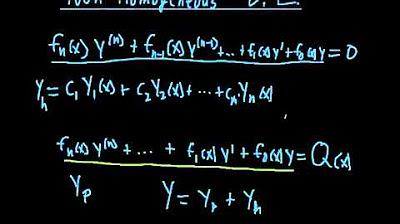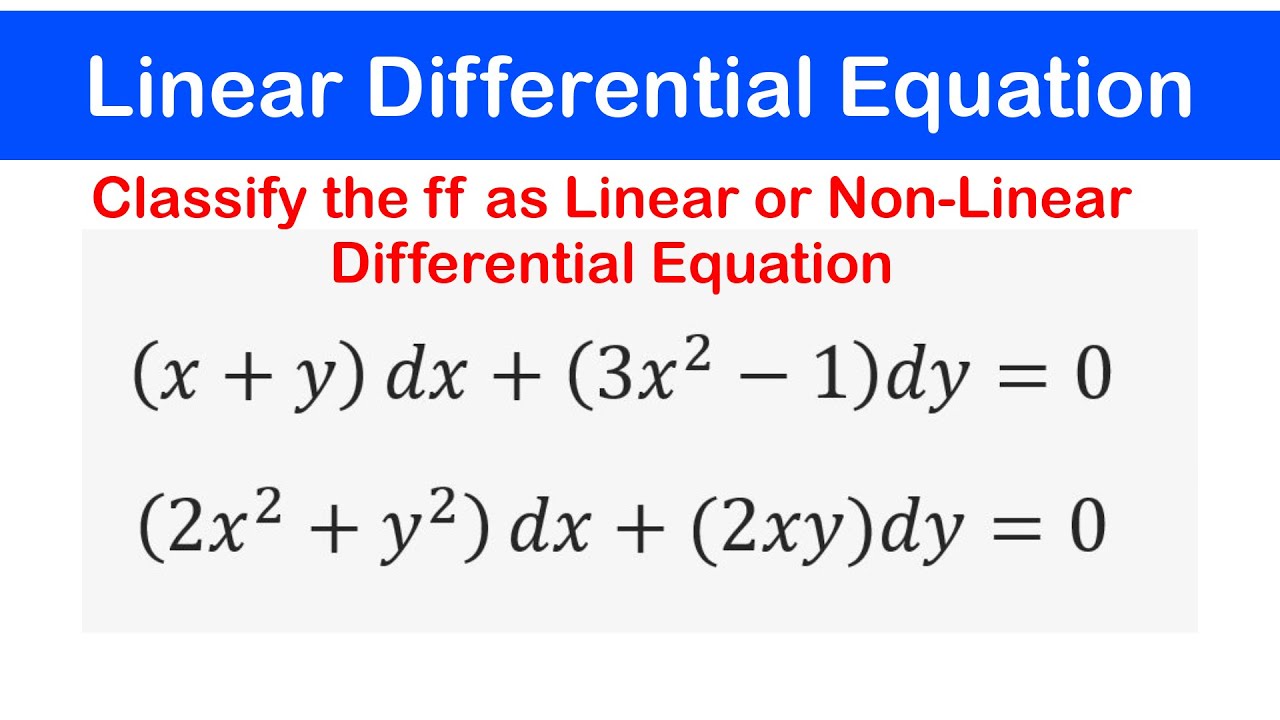GLM Part 1: The General Linear Model: A Stats Jedi's Lightsaber
Summary
TLDRIn this engaging discussion, the presenter demystifies the general linear model (GLM), describing it as a simplified representation of reality that retains essential elements while ignoring the non-essentials. The GLM is framed as a versatile tool that can be expanded with multiple predictors to explain various outcomes, like GPA influenced by IQ and TV watching habits. Emphasizing the importance of model fit and utility, the presenter encourages viewers to see beyond traditional statistical methods, highlighting that all statistical tests essentially stem from the GLM. This approach empowers learners to grasp and apply statistics in a straightforward, accessible manner.
Takeaways
- 😀 A model simplifies reality by retaining essential elements while ignoring non-essentials, much like a model airplane represents a real airplane without the ability to fly.
- 📊 The general linear model (GLM) can be expressed as 'Outcome = Intercept + Slope × Predictor + Error (e)'.
- 🔍 The GLM is infinitely expandable, allowing for the inclusion of multiple predictors and polynomial terms.
- 📈 An example of a GLM includes GPA being influenced by IQ and TV watching habits, illustrating how each predictor affects the outcome.
- 🤔 While all models are wrong to some extent, useful models can still provide valuable predictions and explanations.
- 🧮 Assessing the fit of a model is crucial; a good model must closely predict actual outcomes.
- 📚 The GLM serves as the foundation for various statistical methods, such as t-tests and ANOVA, highlighting its overarching importance in statistics.
- 🚫 Many traditional statistical methods can overcomplicate analysis; understanding the GLM simplifies the decision-making process.
- 💡 When evaluating models, focus on your outcome and predictors rather than memorizing complex procedures.
- 👩🎓 Mastering the GLM empowers data analysts to effectively interpret and explain data relationships, making it a vital tool in statistics.
Q & A
What is the definition of a model according to the transcript?
-A model is a simplification of reality that retains essential elements while ignoring non-essential ones, similar to a model airplane representing a real airplane.
How is the general linear model (GLM) represented mathematically?
-The GLM is represented as Outcome = Intercept + (Slope × Predictor) + Error (e). This can be expanded to include multiple predictors and their interactions.
What does the equation GPA = 3.23 + 0.12 × IQ - 0.006 × TV + e illustrate?
-This equation illustrates how GPA is influenced by IQ and TV watching time, indicating that every increase in IQ correlates with a higher GPA, while increased TV time is associated with a lower GPA.
What does George Box's quote 'all models are wrong, but some are useful' imply?
-It implies that while all models simplify reality and have limitations, some models can still provide valuable insights and predictions about data.
Why is it important for a statistical model to fit the data?
-A statistical model must fit the data to accurately predict outcomes; a good fit indicates that the model's predictions align closely with actual observed values.
What are the two primary ways to assess the fit of a model?
-The fit of a model can be assessed visually using plots and graphics, as well as numerically through estimates and diagnostics.
How does the GLM simplify the learning of statistical methods?
-The GLM simplifies learning by providing a unified framework for various statistical tests (like t-tests, ANOVA, regression) instead of requiring memorization of numerous distinct methods.
What are the learning objectives mentioned in the transcript?
-The objectives include understanding what a model is, the structure of the GLM, what makes a model useful, how to assess fit, and the overall importance of the GLM in statistics.
What is the significance of being able to add multiple predictors in the GLM?
-Adding multiple predictors allows the GLM to account for various factors influencing the outcome, thus providing a more comprehensive analysis of the data.
What is the importance of visualizing relationships in data analysis?
-Visualizing relationships helps identify patterns, assess model fit, and understand how different predictors interact with the outcome, leading to better interpretation and insights.
Outlines

هذا القسم متوفر فقط للمشتركين. يرجى الترقية للوصول إلى هذه الميزة.
قم بالترقية الآنMindmap

هذا القسم متوفر فقط للمشتركين. يرجى الترقية للوصول إلى هذه الميزة.
قم بالترقية الآنKeywords

هذا القسم متوفر فقط للمشتركين. يرجى الترقية للوصول إلى هذه الميزة.
قم بالترقية الآنHighlights

هذا القسم متوفر فقط للمشتركين. يرجى الترقية للوصول إلى هذه الميزة.
قم بالترقية الآنTranscripts

هذا القسم متوفر فقط للمشتركين. يرجى الترقية للوصول إلى هذه الميزة.
قم بالترقية الآنتصفح المزيد من مقاطع الفيديو ذات الصلة

A Gentle Introduction to ANOVA – The Problem of Probability Pyramiding (12-1)

General Solution to Non-Homogeneous DE

Model Komunikasi Lasswell - Pengantar Ilmu Komunikasi

Što je INternet

Introduction to State-Space Equations | State Space, Part 1

🔵03 - Linear and Non-Linear Differential Equations: Solved Examples
5.0 / 5 (0 votes)
